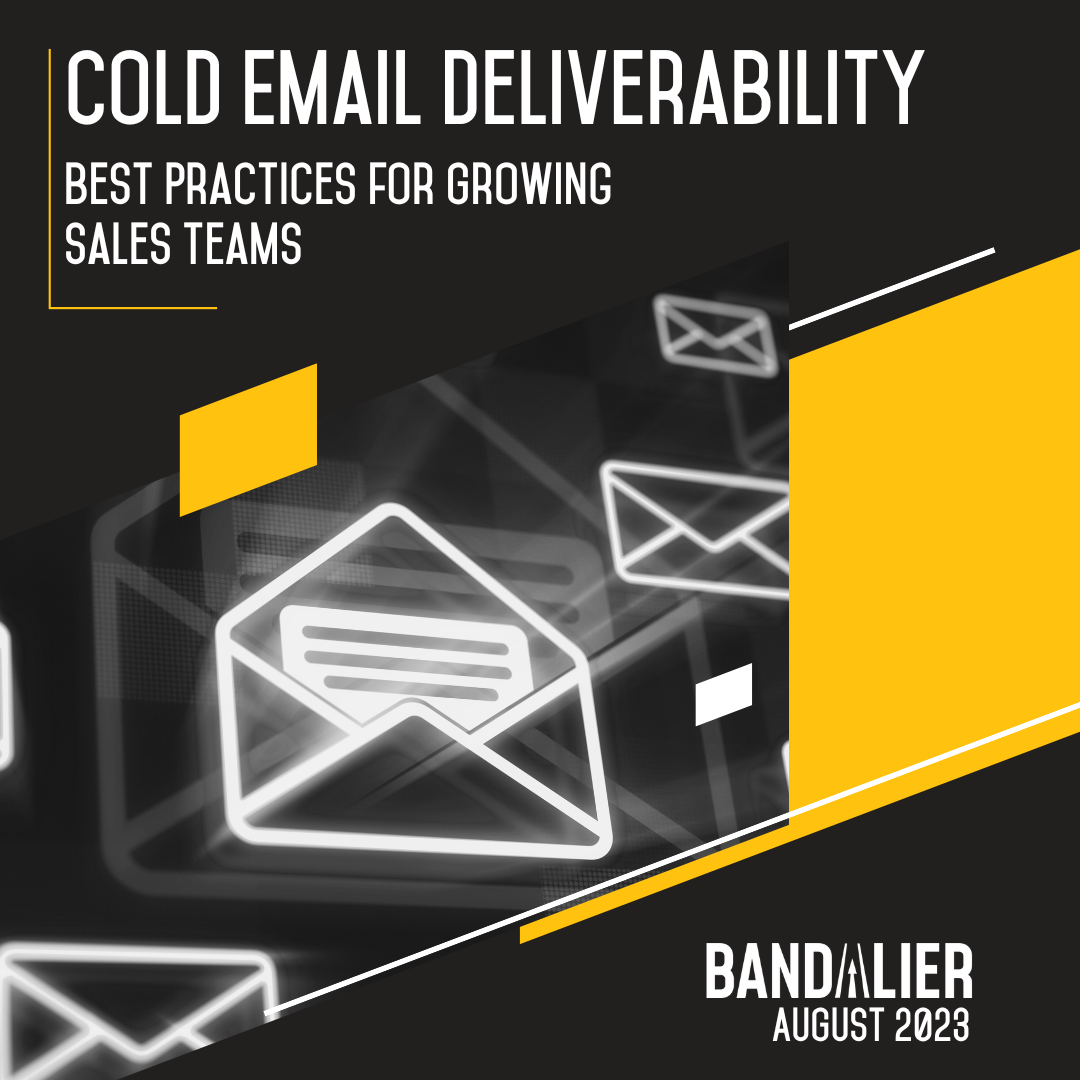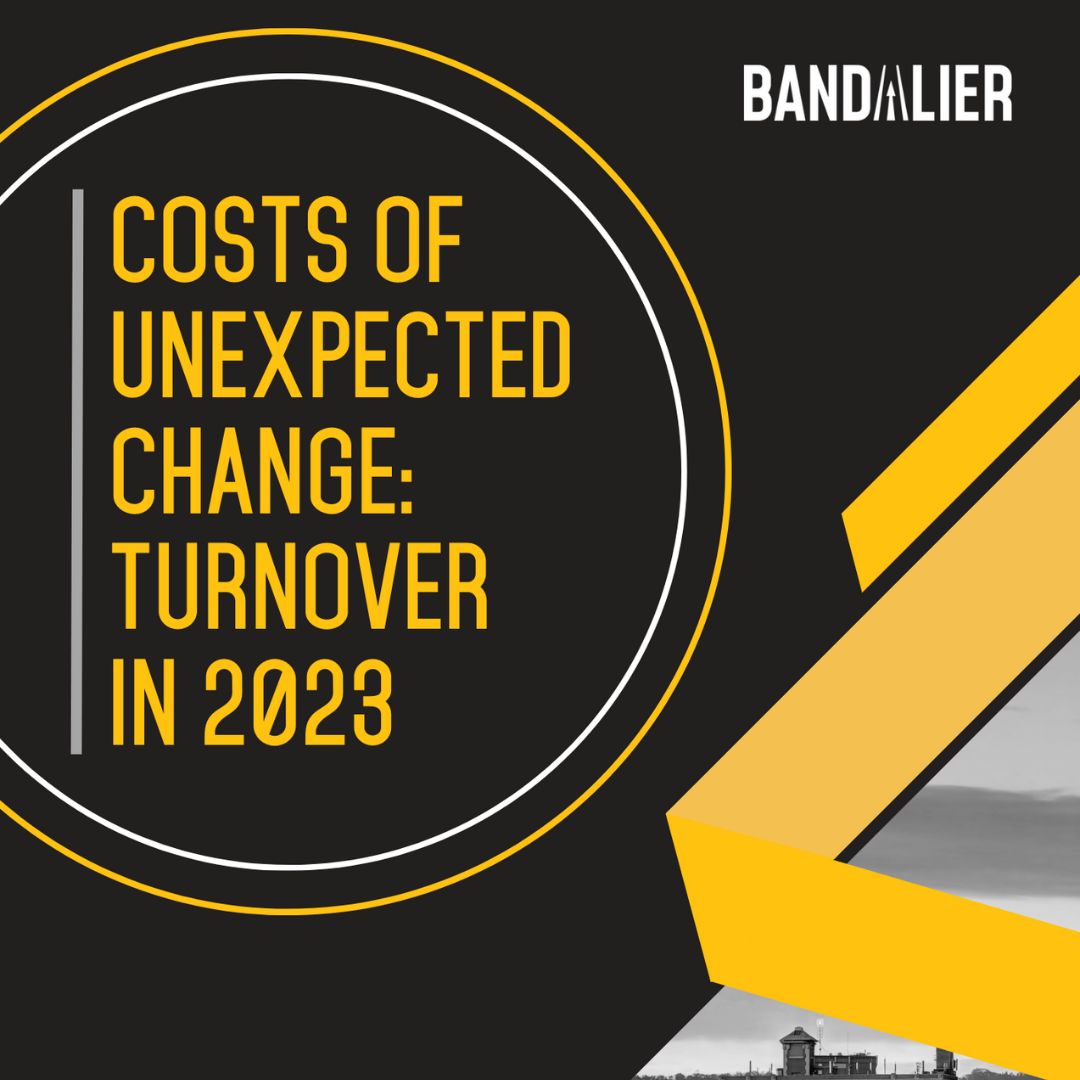Summary
- Once your ICP and pitch are clear, an external SDR pod compresses time-to-pipeline.
- The first 90 days should focus on cadence, learning loops, and clean handoffs, not tooling marathons.
- This 30/60/90 plan shows what to launch in week one, measure by day 30, test by day 60, and lock down by day 90.
- Role specialization and pragmatic AI keep outbound scalable without overbuilding.
Most startup founders hit the same wall. You know how to pitch the product, but keeping up consistent outbound activity is nearly impossible while building everything else. That is usually when the search for outsourced sales for startups begins.
At face value, outsourcing is a strategic move where you can easily scale without committing to additional headcount. The reality is that outsourcing too early can backfire. If you do not have a clear ICP or a first-pass pitch, no capable outside team can solve product-market fit for you. Once those basics are in place though, an outsourced sales partner can accelerate the pipeline without slowing down your product roadmap.
That said, we’ve laid out a practical 30, 60, and 90 day view of what outsourcing can accomplish. You will learn how to set a steady activity cadence, run message experiments, and hand off cleanly to your AEs. Let’s get you out of the quicksand and leverage outsourcing to scale the pipeline without distracting from building the company.
Why Startups Turn to Outsourced Sales
For most founders, the problem isn’t knowing how to sell. It’s doing it consistently while also building products, raising capital, and hiring the first team. That’s when the question of outsourced sales for startups shows up: is it smarter to add headcount, or to bring in a specialized team that can deliver coverage right away?
Outsourcing delivers real value by removing the friction that slows young companies, rather than simply handing off your go-to-market strategy.
- Coverage gaps. Founder-led selling comes in bursts. Some weeks are packed with calls, others go quiet, and the pipeline becomes unpredictable.
- No learning loop. Without steady volume, you cannot test messaging at pace. One subject line might work, but you will not know if it was luck or repeatable.
- Broken handoffs. AEs often get prospects without context because notes live in docs or inboxes instead of the CRM. Deals stall before they start.
An outsourced sales team solves these issues by creating a baseline of daily outreach, setting a repeatable rhythm for testing, and enforcing clean CRM handoffs. For a startup, that means more predictable meetings and faster learning cycles without forcing the founder to spend every week on prospecting.
Outsourcing Sales? Here’s A Founder-Friendly 30/60/90 Plan
You don’t need to overbuild. A focused 90-day plan is enough to launch outreach, start learning from the market, and build a foundation you can scale.
This is a glimpse at Bandalier’s new model for outbound sales for startups in the AI era, where tasks are specialized and GenAI is used pragmatically to speed research and personalization without losing the human touch.
Day 0–7: Launch a Narrow ICP
Start small to move fast. Pick one vertical and one persona. Ship a first-pass sequence and call a talk track so conversations start immediately. The goal is not perfection but coverage. You want your first week producing touches in-market, not stuck in planning.
Day 8–30: Establish Cadence
Consistency beats volume. Document a baseline of daily outreach so activity doesn’t spike and crash. Hold a weekly call review to capture learnings and keep quality from slipping. By the end of the month, you should see predictable meetings each week.
Day 31–60: Run Message Tests
Once the cadence is stable, focus on learning. Test subject lines, opening lines, objections, and CTAs. Track what resonates, not just what gets replies. At this stage, you are building a live playbook for what works in your ICP.
Day 61–90: Harden Handoffs
Pipeline value depends on what happens after the meeting is set. Define a clear SLA for how AEs pick up new meetings and what info they need. Enforce CRM fields so every opportunity has the right context. Clean handoffs protect momentum and improve conversion.
Why Role Specialization and Pragmatic AI Matter
Startups often fall into the trap of chasing what we call the “unicorn SDR.” This is the mythical hire who can build lists, manage tools, write copy, personalize outreach, run calls, and keep the CRM spotless – all while miraculously hitting activity goals. In our experience working with dozens of global companies, we have never seen someone who can effectively check every single one of those boxes. When founders expect it, the result is almost always burnout, turnover, and inconsistent pipeline.
At Bandalier, our belief is that the solution isn’t to hunt harder for unicorns, but to structure the work differently. It’s vital to have a high-caliber hire. Pair it with sales development training and role specialization, and allow each part of the sales development process to be owned by the right person. You’ll start seeing high-quality performance that is consistent and measurable.
For example:
- SDRs dedicate their time to conversations and follow-ups, where human skill creates the most impact.
- Operations specialists own lists, data quality, and tools, keeping the engine running without distractions.
- Quality assurance focuses on ensuring personalization and tone stay consistent, protecting reply quality.
Pragmatic AI complements this model. Too often, AI is treated as a replacement for human effort, which leads to generic and low-quality outreach. We’ve found that the right approach is to let AI handle repetitive or time-intensive steps (such as initial research or drafting personalization snippets) and then layer in human review to refine and contextualize. This balance creates scale without sacrificing authenticity.
Risks and Challenges of Outsourcing Sales for Startups
Outsourcing outbound sales can accelerate pipeline growth, but it’s not a magic lever.
Startups often encounter pitfalls when they engage with an external team too early or without clear boundaries. Understanding these risks and how to mitigate them can mean the difference between a pipeline that scales and one that stalls.
| Challenge | Why It Happens | How to Mitigate |
| Outsourcing too early | Startups without a defined ICP or tested pitch expect an outsourced team to “find” product-market fit. | Validate ICP and messaging internally first. Use outsourcing once there’s a clear target persona and repeatable story. |
| Loss of control | Founders worry that external reps will go off-message or misrepresent the brand. | Set up weekly reviews of call recordings and outreach samples. Provide clear messaging guardrails upfront. |
| Inconsistent execution | Some vendors struggle to maintain daily activity, leading to a “feast or famine” pipeline. | Prioritize partners that guarantee consistent outreach volume. Review activity alongside outcomes every week. |
| Overuse or underuse of AI | Too much automation creates generic outreach, while no AI wastes time on manual work. | Balance pragmatic AI with human QA so outreach is faster but still relevant. |
| The “seat rental” model | Some outsourcing means hiring an SDR you still have to manage, with no playbooks or support. | Look for a managed service that delivers a pod with roles, coaching, and proven processes built in. |
Ready to Build a Smarter Outbound Engine in 90 Days?
The first 90 days of any outbound motion define how effectively your team will perform going forward. If you chase the “unicorn SDR” or rely on bursts of founder-led selling, you end up with lumpy pipelines and slow learning cycles. Outsourced sales for startups, on the other hand, works best when it’s structured, deliberate, and built around repeatable processes.
Having an intentional 30/60/90 plan gives you exactly that structure. Launching with a narrow ICP, locking cadence, testing messages, and hardening handoffs turns outbound into something predictable. Layering in role specialization and pragmatic AI ensures scale outbound sustainably, while protecting both pipeline quality and team health.
If you want to skip the trial and error, Bandalier has helped more than 100 companies generate over $100M in pipeline using this model. Our outsourced sales for startups solution delivers the activity, learning loops, and clean handoffs you need to scale. Contact us today to see how we can help you build a pipeline without slowing down your product or fundraising.
FAQs for Startups Considering Outsourced Sales
Q: How do startups know the right time to outsource sales?
A: Outsourcing makes sense once your ICP and pitch are defined but founder-led selling is inconsistent. At that point, a specialized team creates predictable activity while you scale product and fundraising.
Q: How does outsourcing sales save money compared to hiring in-house?
A: The cost of outsourced sales for a startup is often lower than the combined expense of hiring, training, and managing full-time reps. Plus, you avoid delays while waiting for hires to ramp.
Q: How quickly can an outsourced sales team generate results?
A: If product-market fit is strong and ICP well-defined, startups often see early traction within weeks. Consistent, repeatable results typically emerge within three to four months of steady execution.
Q: What is the biggest mistake startups make when outsourcing sales?
A: The most common mistake is outsourcing too early, before product-market fit. Without a defined ICP or tested pitch, even strong outsourced teams struggle to create sustainable pipeline outcomes.












